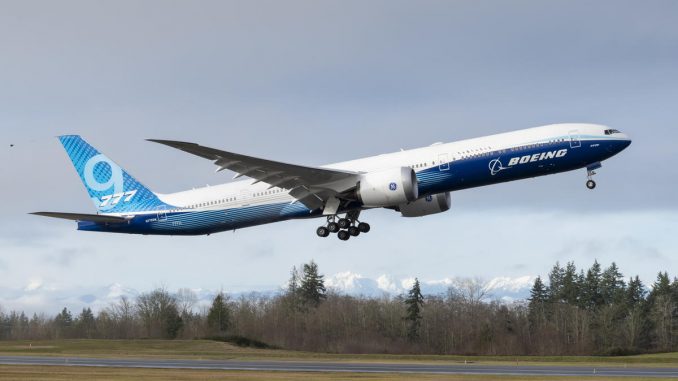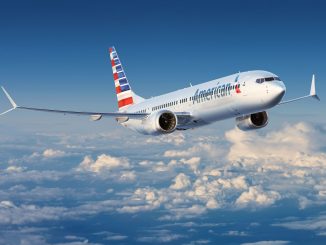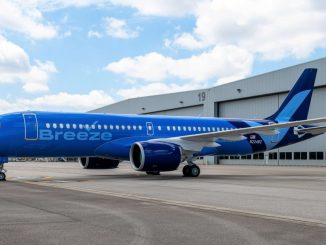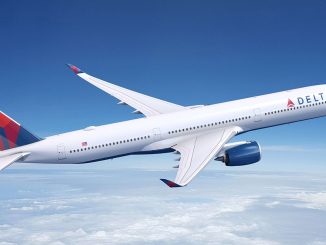
The first ever Boeing 777X has flown for the first time from Paine Field airport, Everett WA. The aircraft (WH001), a 777-9 registered as N779XW, took off at 10:09 local time (PST) on Saturday morning.
Boeing’s new flagship was initially scheduled to fly in June 2019, but was delayed due to problems with the new engine. General Electric exclusively provides the GE9X engine for the 777X family. Incidentally, the first 777-200 also had issues with it’s Pratt & Whitney PW4000 engine before its entry into service. The first flight was scheduled to take place on January 23rd, but was pushed to the 24th due to weather. The flight was cancelled after the aircraft held short of the runway for 3 hours on the 24th, once again due to weather.
The first Boeing #777X is in flight. After a few hours of flying, the jet will land at Boeing Field in Seattle, Washington.
Track the flight here: https://t.co/ekfjglCcb7 pic.twitter.com/XRTetREL4M
— Boeing Airplanes (@BoeingAirplanes) January 25, 2020
An updated original
The Boeing 777X is a lengthened and modernised version of the legacy Boeing 777 which first flew in 1994. The Boeing 777 is almost solely responsible for the demise of four engined long-haul airliners. In the 90’s it offered unparalleled efficiency for its size, when compared to the Boeing 747 and Airbus A340.
Some of the new features of the 777X include the aforementioned new engines, an updated cabin with larger windows and LED lighting as has become commonplace for new airliners since the 787 Dreamliner a decade ago. The 777X’s party piece, however, is its massive new wing. Coming in with a span of 235 feet, 5 in (71.75 m), the 777X is too wide for any current 777 compatible gate. Therefore Boeing and Liebherr Aerospace have developed a folding wingtip, reminiscent of military aircraft built for storage on aircraft carriers. The outer 11 feet (3.5 m) of each wing folds upwards whilst the aircraft is on the ground, extending before take-off and folding after landing.
There are two variants of the 777X family; the 777-9 is the larger and most popular variant which also carried out the first flight today, while the first 777-8 is still yet to be built. The 777X is set to replace larger, ageing aircraft such as the 747 and Airbus A380, as well as older previous-generation 777-300ER. The 777-9 will seat up to 426 passengers over a range of up to 7,285 nmi (13,500 km). There are currently 309 orders for the type, with Lufthansa set to be the launch customer in 2021. The German flag carrier plans to use the new aircraft to introduce its new Business Class product.
Matt is a Berlin-based writer and reporter for International Flight Network. Originally from London, he has been involved in aviation from a very young age and has a particular focus on aircraft safety, accidents and technical details.



